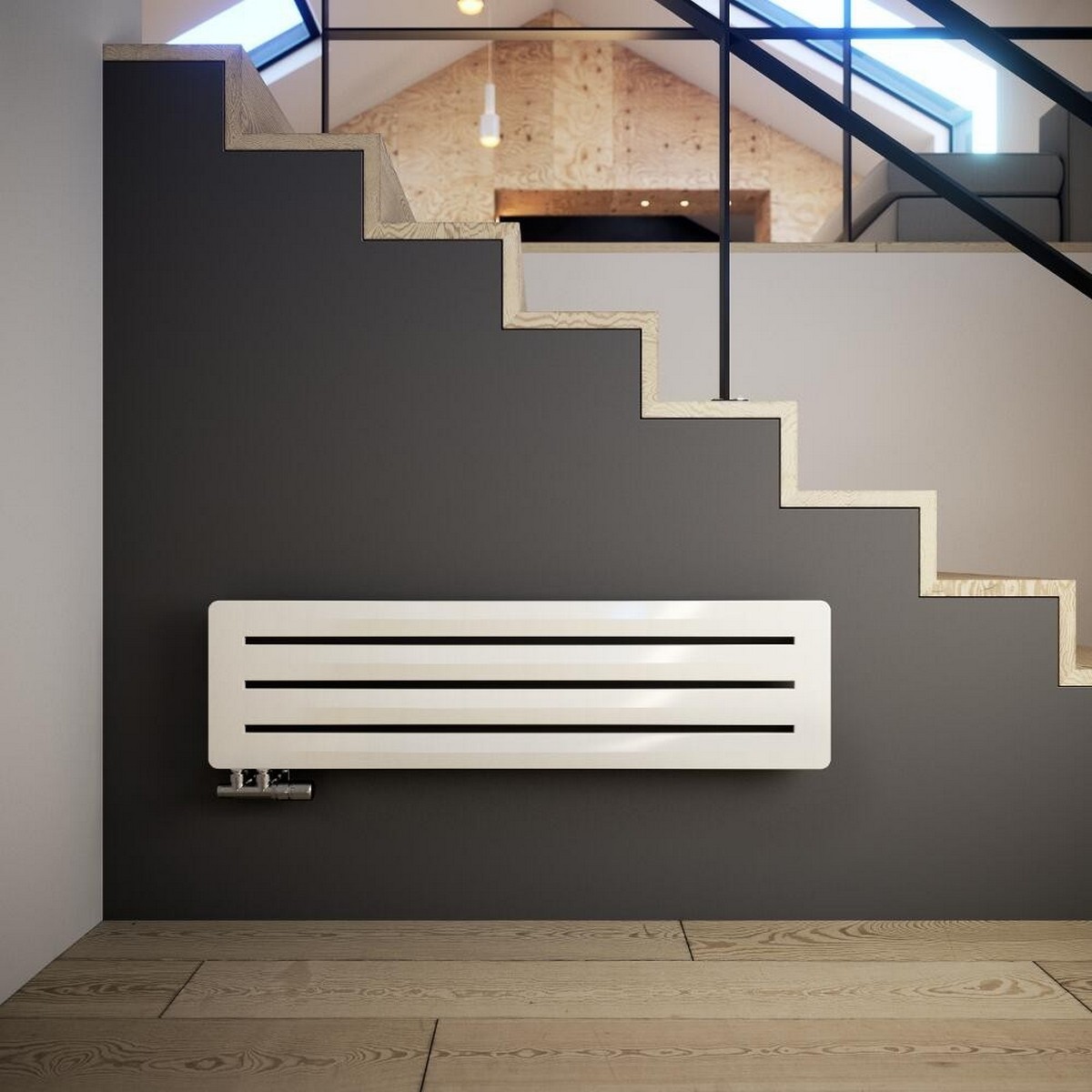
Heating is an integral part of the life of any house or apartment. Choosing the right radiator for your heating system can make a big difference in the comfort and efficiency of heating in your home. In this article, we'll look at the features, advantages, and disadvantages of different types of radiators, their specifications, and designs to help you choose the perfect radiator for your home.
Step 1: Determine Your Home's Heat Loss
The first step in choosing a radiator for your home is to determine your home's heat loss. The heat loss of any room is determined based on several factors, such as the area of the room, the thickness of the walls, the condition of windows and doors, the level of insulation, ambient temperature, humidity, and many other factors.
One of the common methods for determining the heat loss of a room is a thermal calculation. This method includes an assessment of all factors affecting heat loss and the determination of the required power of the heating system to maintain a comfortable temperature in the room.
There are also special programs and online calculators that can help determine the approximate heat loss of a room. They usually require the input of information about the size and design of the room, its insulation and the characteristics of the heating system.
It is important to note that the accuracy of determining the heat loss of a room can significantly affect the correct choice of radiators and heating system. Therefore, to obtain the most accurate results, it is recommended to contact our specialist in the field of heating and thermal engineering.
Step 2: Decide on the type of radiators
There are several types of radiators that can be used in heating systems for houses and apartments. Each type of radiator has its own advantages and disadvantages, so it's important to consider their characteristics and choose the one that best suits your home and budget.
Cast iron radiators were one of the first types of radiators used in heating systems. They have a solid construction and a long service life. However, cast iron radiators are usually heavy and take up a lot of space. They also heat up and cool down slowly, which can make it difficult to regulate the temperature in your home.
Bimetal radiators consist of steel and aluminum. They are light in weight and have good heat dissipation, and can heat up and cool down quickly. However, they may be more susceptible to corrosion, especially when used in open heating systems or when hard water is used.
Aluminum radiators are also lightweight and provide high heat dissipation. They heat up and cool down quickly, making it easy to control the temperature in your home. However, aluminum radiators have a low operating pressure (which is not always suitable for open heating systems) and may be subject to corrosion in contaminated operating conditions and water hammer.
Steel radiators also have high heat dissipation and heat up and cool down quickly. They can also be quite compact and lightweight, making them easy to install. Steel radiators can also be more expensive than other types, but they usually last longer and are much less likely to need repairs and replacements.
Step 3: Choose the right size and number of radiators
After determining the type of radiator that is best for your home, it is important to choose the right size and number of radiators. The size of the heatsink is determined by the power it can deliver. The required power, in turn, is determined depending on the heat loss of the house and the area of \u200b\u200bthe premises that need to be heated. Selecting an underpowered radiator can result in insufficient heating, while selecting a radiator that is too powerful can result in overheating and overpaying for excess power.
Step 4: Consider design and style
The choice of a radiator is not limited only by its technical characteristics. You can also choose a radiator that matches the design and style of your home. There are many options for radiator designs, from traditional to modern, tubular and panel, which can be made using stone chips, marble, resin and stainless steel, with different prints and patterns. Choosing a radiator that matches the design of your home can add not only warmth but also style to your interior.
Step 5: Worry about accessories
The radiator was chosen, but how to connect it to the heating system? To do this, we need shutoff valves, which will allow the radiator to perform its main functions. Shut-off valves can also be useful when it comes to savings. For example, when you want to increase the temperature in one room, and vice versa, lower it in another room.
In addition to the practical part, the valves can also have an aesthetic property, continuing the radiator on which it is fixed.
Step 6: Contact the professionals
Selecting and installing radiators is a complex process, and if you have no experience in this area, it is best to turn to professionals. They can help you determine the correct size and type of radiator, install it, and ensure your heating system is working properly.
So, choosing radiators for your home can be a tricky but important step in bringing warmth and comfort to your home. We take care of all the difficulties, you just have to choose the design of your heating device. Contact our professionals at +38 (096) 299 52 80, or leave a request on our website and the whole way of choosing a radiator will be easy and enjoyable for you!
Leave a request and we will certainly contact you to answer all your questions or choose the right heating device.

st. Shota Rustaveli, 32, Kyiv
info@thermalart.ua